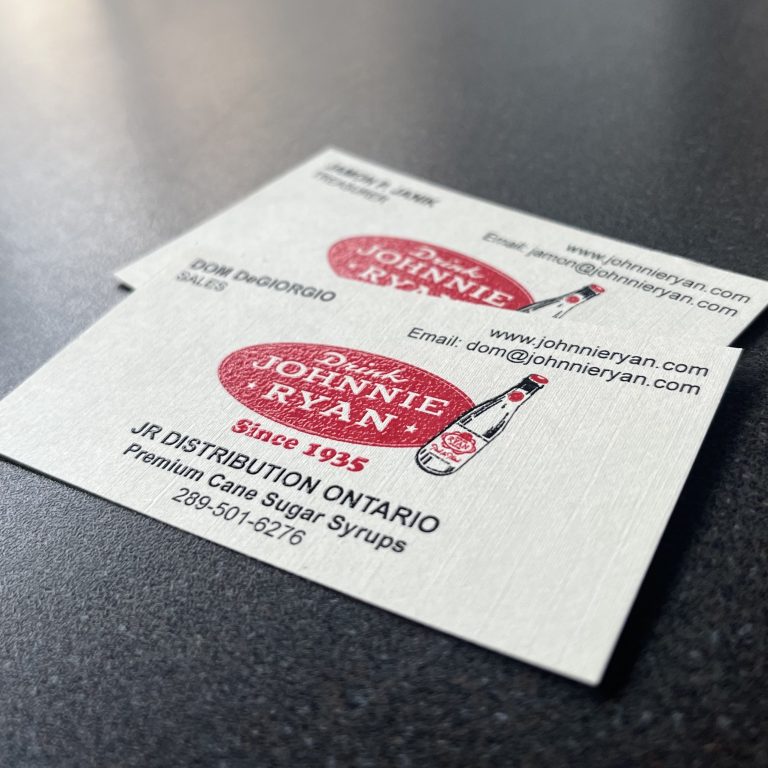The Pantone Color Matching System, formed in 1963, is a standardized color reproduction system. The idea behind this system was to universally standardize color matching to reduce variance from printer to printer. Different manufacturers or print shops on opposite ends of the world can refer to the system to match identical colors. Before standardization, every printing company had their own color guide which would cause issues if using different print shops. Pantone is used globally and considered the authority on color.
The pantone system consists of 1,867 different and unique spot colors. These colors are achieved through a combination of 13 base pigments (14 including black). Aside from standard colors, it also includes metallic and fluorescent colors. Each color has a specific designated reference number consisting of a 3 to 4 digit number followed by the letters U, C or M. These letters refer to the type of paper the color is printed on, “uncoated”, “coated” or “matte”. While some colors do not look different on different types of paper, some colors can change drastically. When using a pantone color, it is important to specify the corresponding letter to ensure accuracy.
Printing can typically be more expensive, but if consistency, and accuracy is important to your brand, then Pantone is second to none. Pantone does not combine colors during printing, it IS the color. These inks are mixed first to create the desired color and then are put onto a plate to be printed. This ensures pinpoint accuracy across print shops globally.
Pantone colors are so highly regarded that several famous brands have contracted the company to make their own custom colors. Companies such as Tiffany Co. has Pantone 1837 (Tiffany Blue), Barbie has their own color as well, Pantone 219 C (Barbie), even hip hop mogul Jay-Z has his own secret shade of blue.


